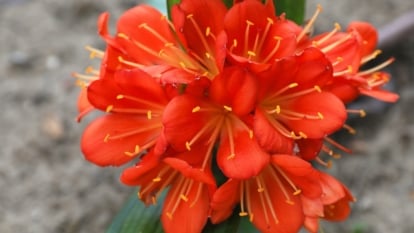Bush lilies are a stunning plant in the Amaryllis family. Like many other plants in this family, they can grow indoors and outdoors, provided the conditions are right. These winter bloomers bring a ton of color to the cooler months.
Because they are evergreen, they make wonderful houseplants. Their dislike for frost and direct sunlight makes these plants great for growing indoors. Here, you can enjoy their lovely foliage and stunning flowers throughout the cooler months.
If you’re lucky enough to live in a frost-free climate, they make a stunning addition to the outdoor landscape as well. As a winner of the Award of Garden Merit from the Royal Horticultural Society, you can be certain these plants will impress with their beauty. Let’s take a look at bush lilies and discuss how to care for these pretty plants.
Overview
|
|
|
History
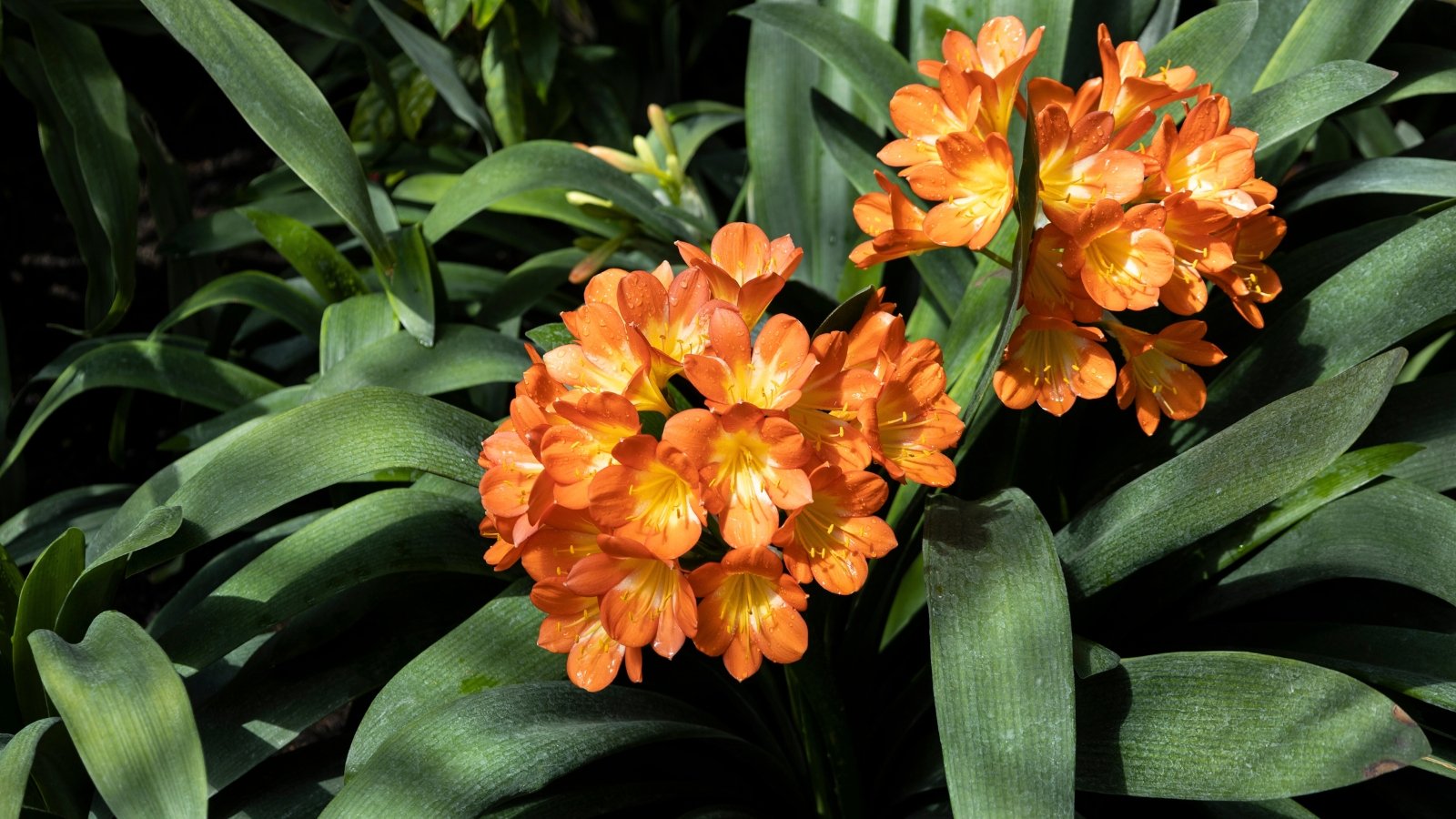
Bush lilies have gone by different names over the years. They were once commonly referred to as kaffir lilies and also go by the name Natal lilies. The Clivia genus, of which they are a part, is native to South Africa and the surrounding region.
The plant made its way to England in the 1850s. Here, the genus got its name to honor Lady Charlotte Clive, who was the Duchess of Northumberland. In 1888 a rare yellow-flowered form of the usually orange-flowered plant showed up in South Africa.
This yellow cultivar became popular in the US in the 1990s. 36 of the plants came in an order to White Flower Farms of Litchfield, CN. This cultivar, named ‘Sir John Thouron,’ sold for $950 per plant! Other yellow varieties are now available at a more reasonable price.
Native Area
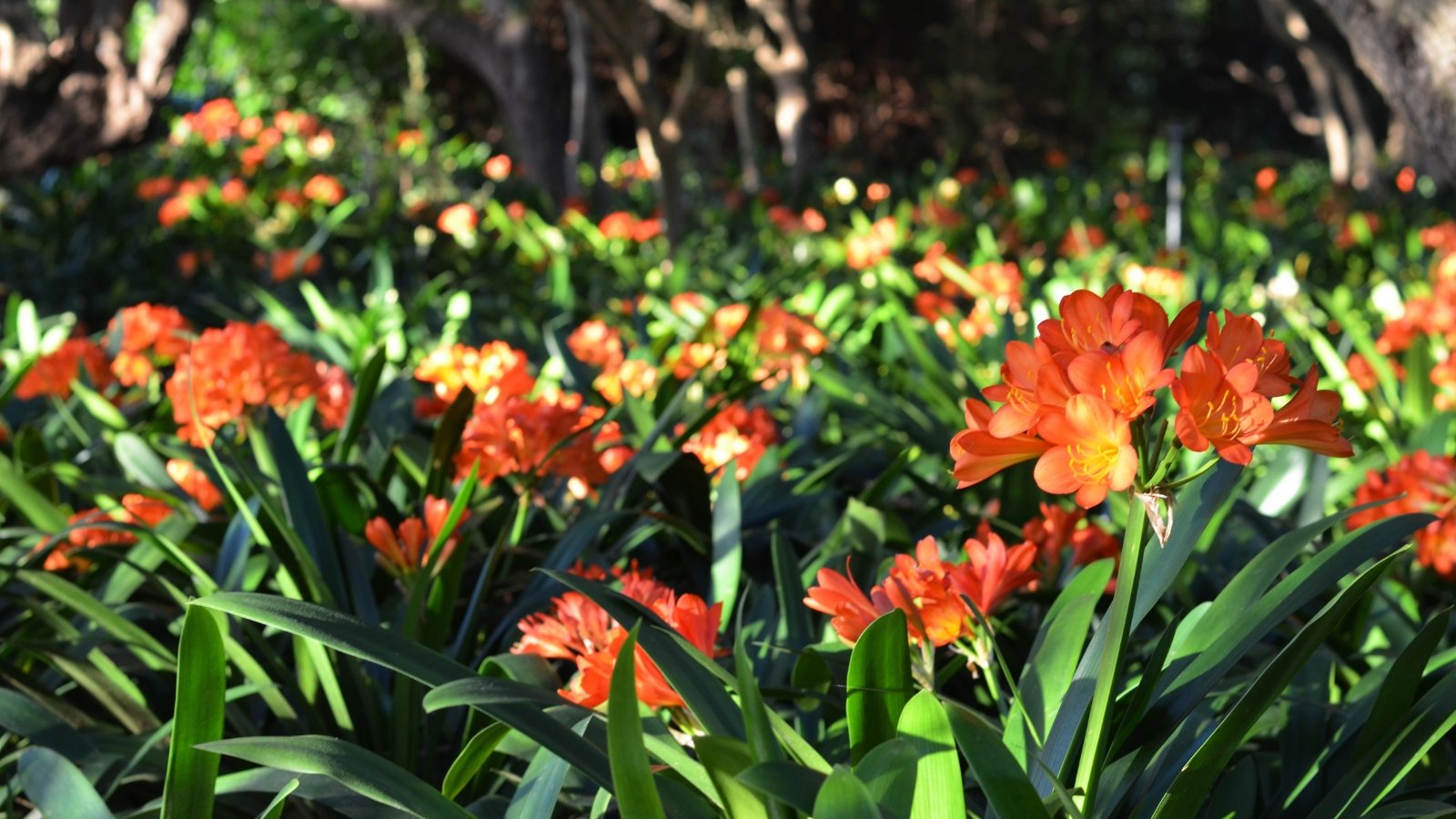
These brightly-colored lilies are native to South Africa, including the Eastern Cape, Mpumalanga, and KwaZulu, as well as Eswatini. They are woodland plants that typically grow in the understory. Here they receive dappled light and plenty of moisture.
Characteristics

Bush lily is an evergreen perennial that grows from an underground rhizome. This rhizome is about one inch thick and grows many fleshy roots. The plants reproduce by producing offsets which you can divide or leave to colonize. They are also grown from seeds produced inside small, round, red fruits.
A central stem grows from the rhizome, with long, strap-like leaves that grow to either side. The leaves all grow fairly low to the ground and reach about 18 inches in length. In the absence of flowers, the plant strongly resembles an amaryllis with narrower leaves. The form is very similar, though the bulbs, or roots, are much smaller.
They will bloom between mid-fall and mid-spring. Each root produces one stem with an umbel-shaped cluster of flowers at the top. The blooms are tubular and usually orange, although they can be yellow. In successive years, the rhizome will reproduce, so many stems can appear from a cluster of plants. This gives the appearance of one larger plant.
Uses
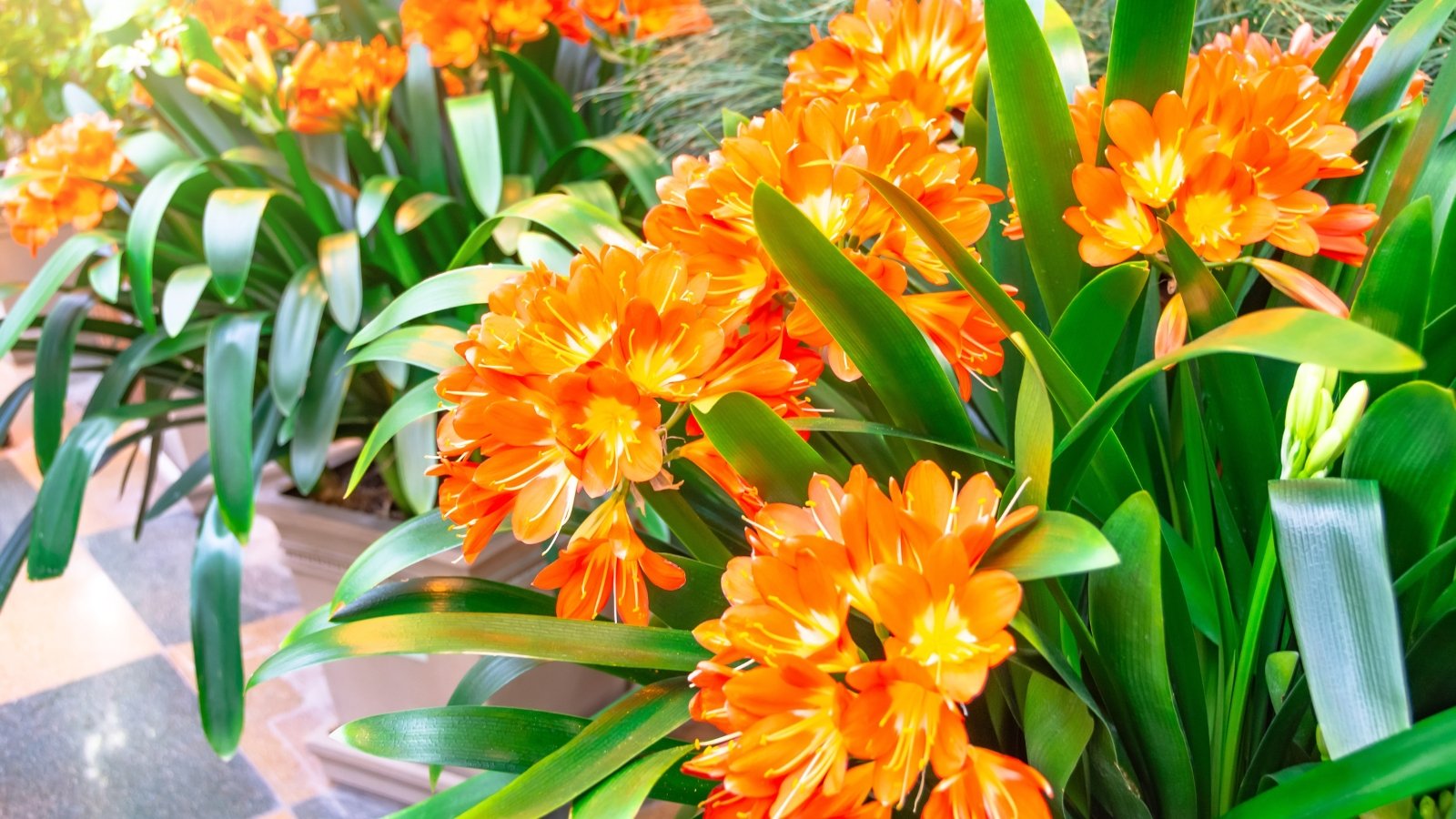
Bush lilies aren’t known for anything aside from their ornamental value. Most often, people grow and keep them as houseplants. However, in warmer climates (Zones 9-11) the plants will grow well outdoors.
Indoors, these plants have a reputation for being valuable air purifiers. They take in a significant amount of toxins, meaning that the human inhabitants are exposed to fewer harmful chemicals in the air.
Where to Buy
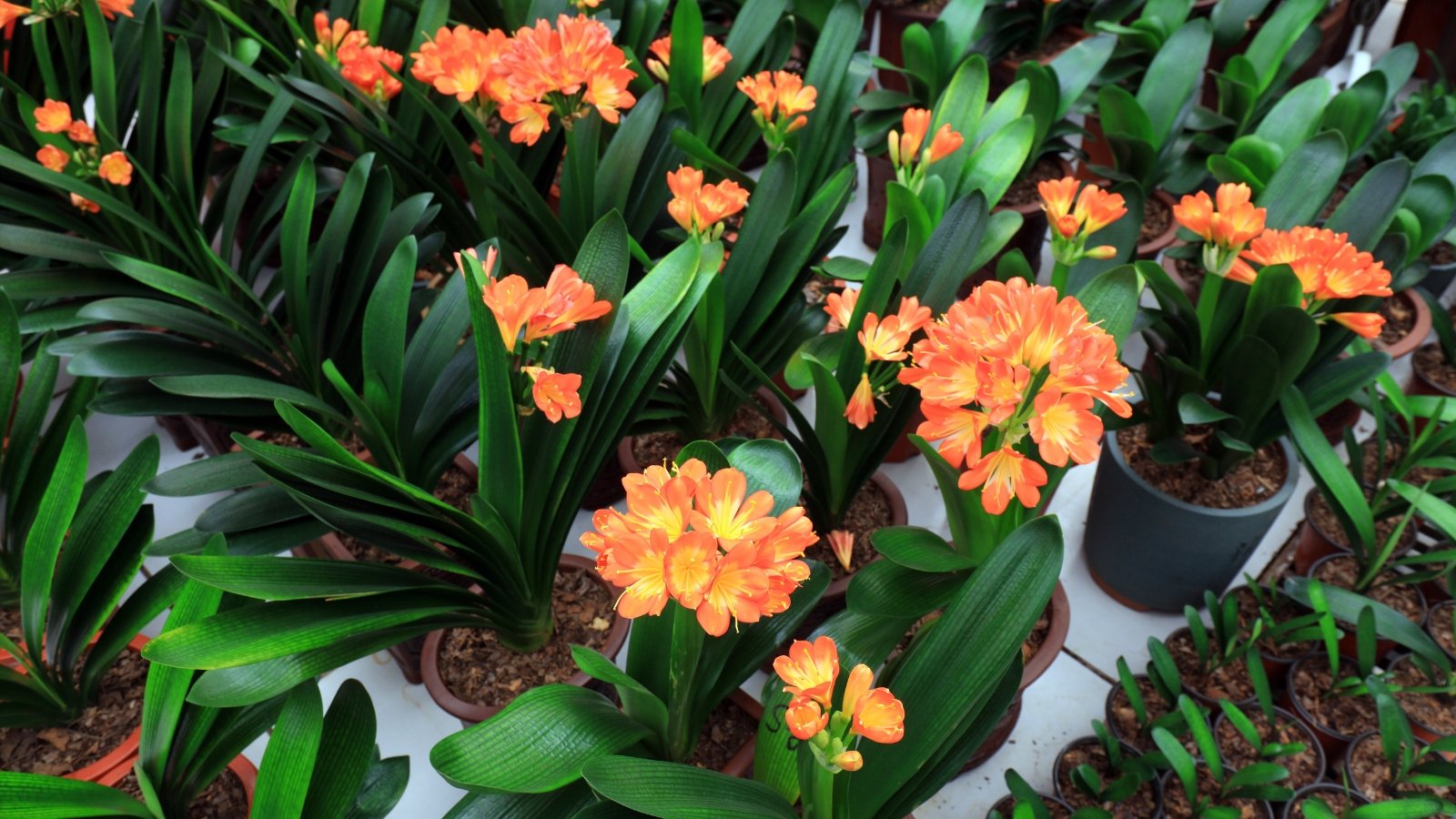
You will see them pop up in many places that sell plants. Try your local nursery for a good, in-person selection. If you have difficulty finding these plants locally or are looking for a rarer form, try online retailers. Many of these carry this attractive plant.
Planting
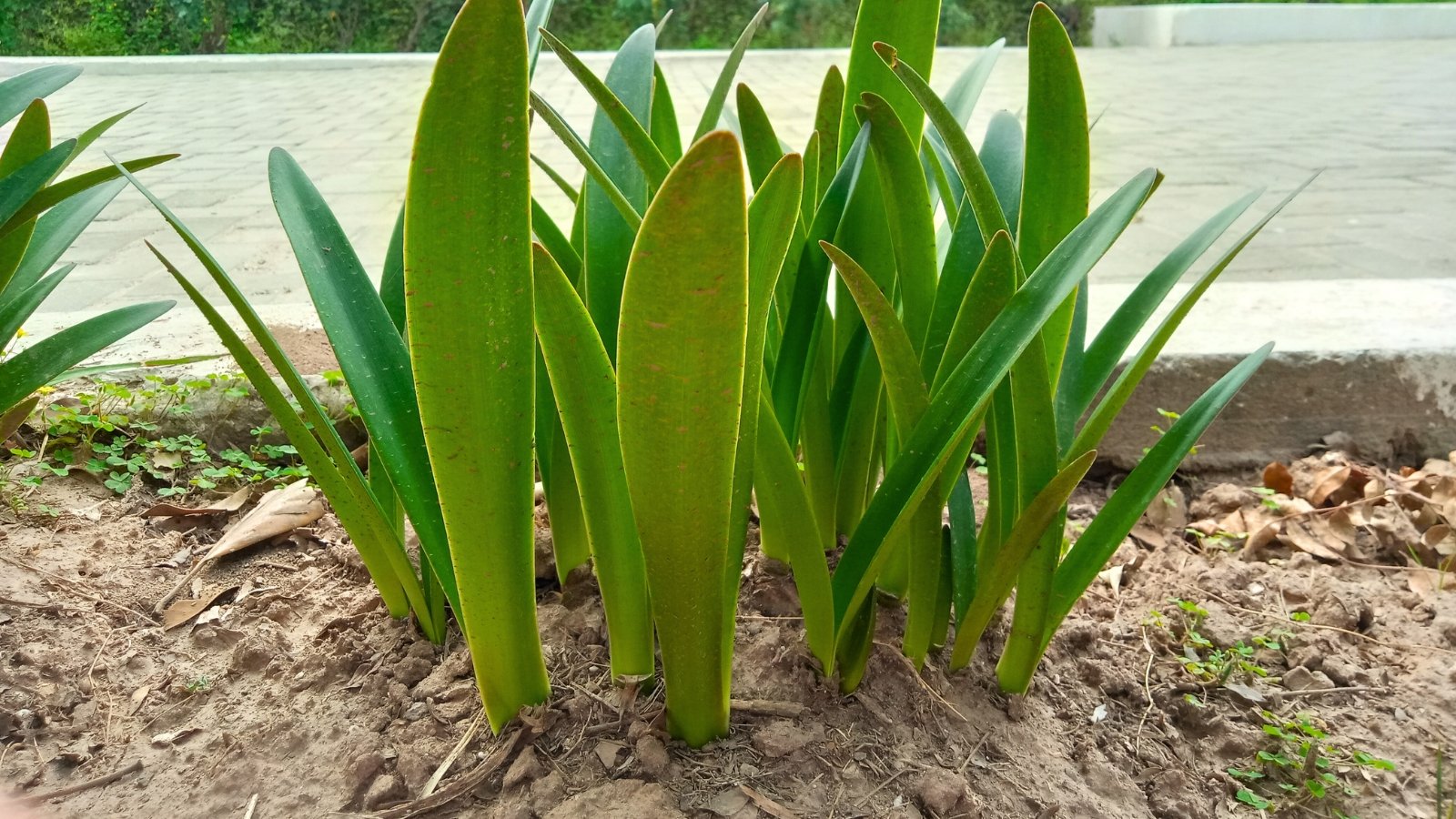
Because they are warm-climate plants that do not tolerate frost, most people keep bush lilies as houseplants or potted plants. They can live outdoors in the warmer months as long as they can come inside when the temperature starts to drop.
If you live in a warmer climate where these plants will grow outdoors year-round, lucky you! They make a beautiful addition to the landscape. They come back year after year and multiply, forming colonies.
Plant your lilies near a walkway or at the border of a bed. They make a wonderful border with their grass-like leaves and brilliant flowers. If you plant seedlings, they will not bloom for the first three years, so be patient with your baby plants. Plant your bulbs about 6-12 inches apart. Plant them at a depth of about one inch, whether in the ground or in a container.
How to Grow
These plants are not difficult to grow indoors or outside. They are efficient in their use of nutrients and require only a moderate amount of attention. They are not susceptible to very many pests or diseases. Overall, these sturdy plants are quite adaptable.
Light
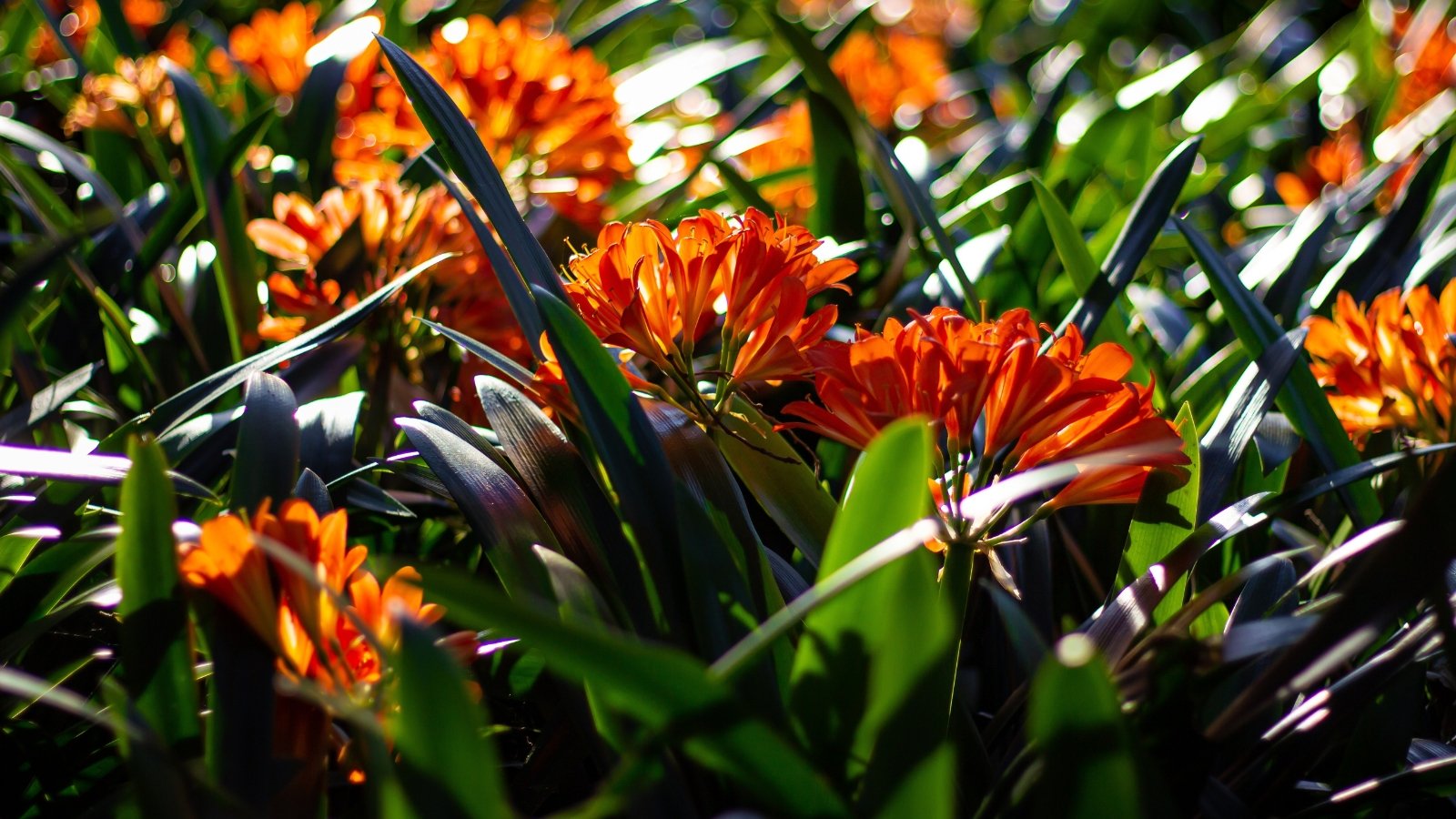
Bush lilies are forest understory plants. This means that they have evolved to thrive in sunlight filtered through the trees overhead. They are a bit like orchids in this respect, although they are not epiphytes. They grow in the soil. Nonetheless, they perform best when kept out of direct sunlight.
This doesn’t mean that your plants will grow well in the shade, and in fact, they would likely prefer full sun to full shade. However, direct sun can burn their pretty leaves. This means that the optimal exposure conditions for this plant are partial shade, or bright, but indirect or dappled light.
Water
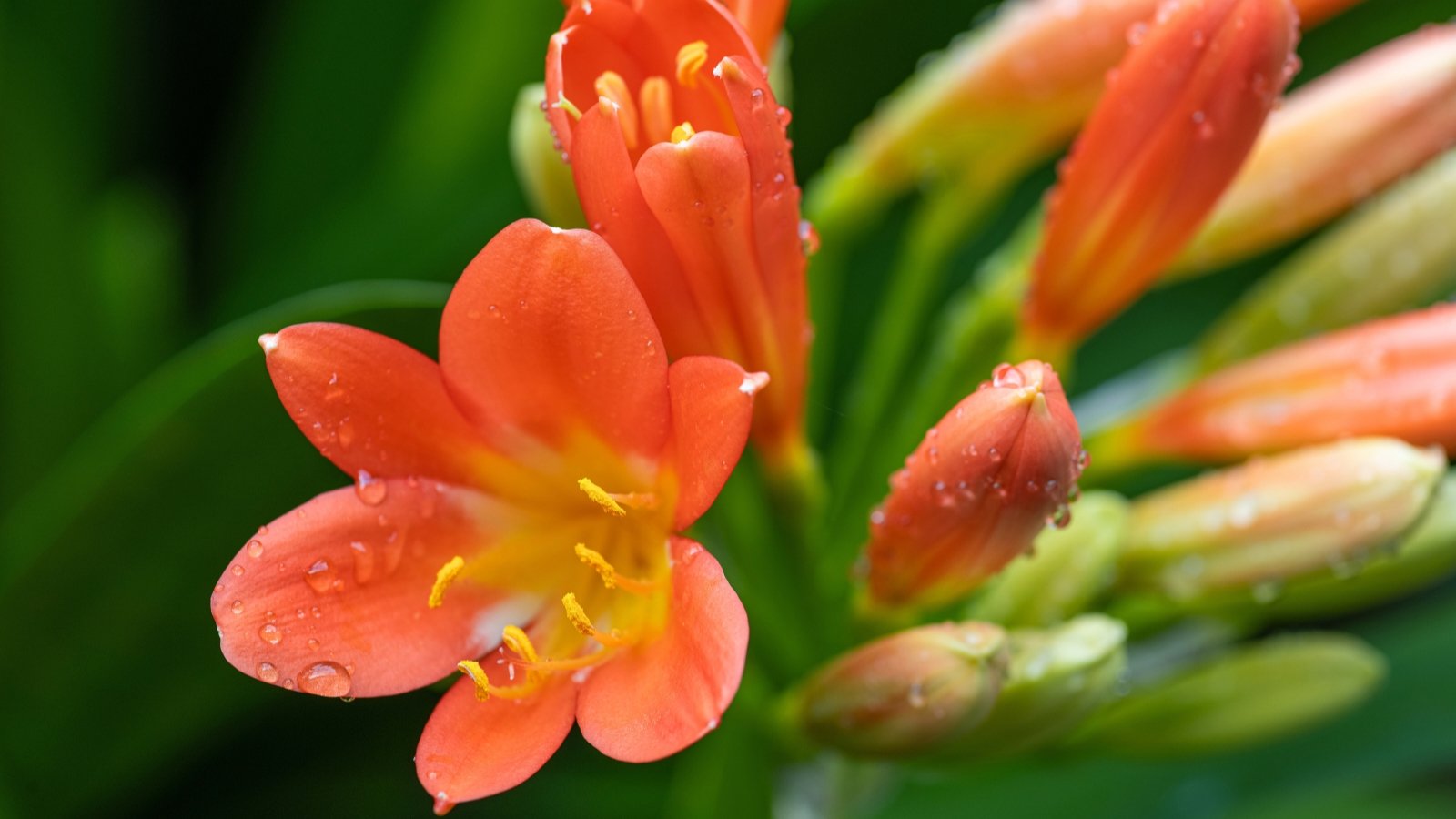
How much water your plant requires will depend on its location, as well as the amount of sun exposure it receives. For the most part, bush lilies don’t like too much water. It is easy to overwater this plant, which can cause root rot.
As a houseplant, in bright, indirect light, water your bush lily about once every eight days. You want to allow the soil to dry out in between waterings. In the case of this plant, it is better to err on the side of under-watering.
If your plants are outdoors, water is a different story. The amount of sun exposure, paired with the drainage and composition of the soil, will affect the amount of water your plant needs. Basically, the soil should not stay soggy or even moist for a prolonged period. Allow the soil to dry, watering your plant once or twice a week.
Potted plants that stay outdoors need watering more often. Because there is less soil and more heat, the water evaporates faster and the soil dries faster. You may need to water your outdoor potted plant as much as once every two to three days when temperatures are high.
Soil
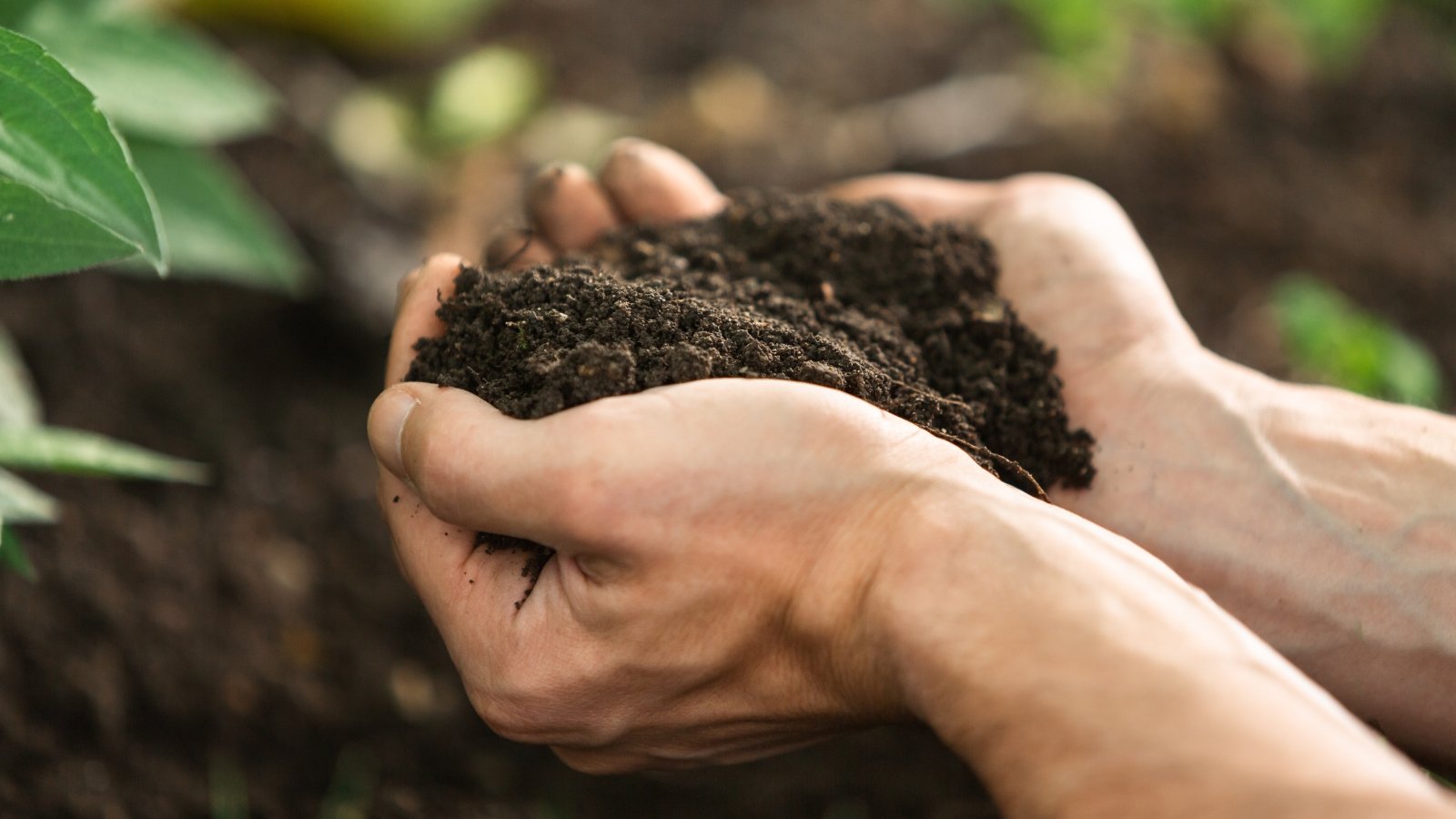
For bush lilies in the ground, soil that drains freely is important. Don’t plant your lilies in a place with poor drainage, or root rot will likely ensue. However, you do want to give your plants some additional nutrients. This is especially true if the soil is very sandy or otherwise poor. Amend your soil with some organic compost or manure to add some nutrients.
These plants also prefer their soil to be a bit acidic. Adding those organic materials to your soil will help lower the pH. This will make the nutrients in the soil more available to the plant.
For potted plants, start with a standard potting mix and add in materials to increase the drainage. Some good ideas for mix-ins include coco coir, vermiculite, coarse sand, or perlite. As long as the soil is nutrient-rich and drains well, this plant should be happy.
Temperature and Humidity
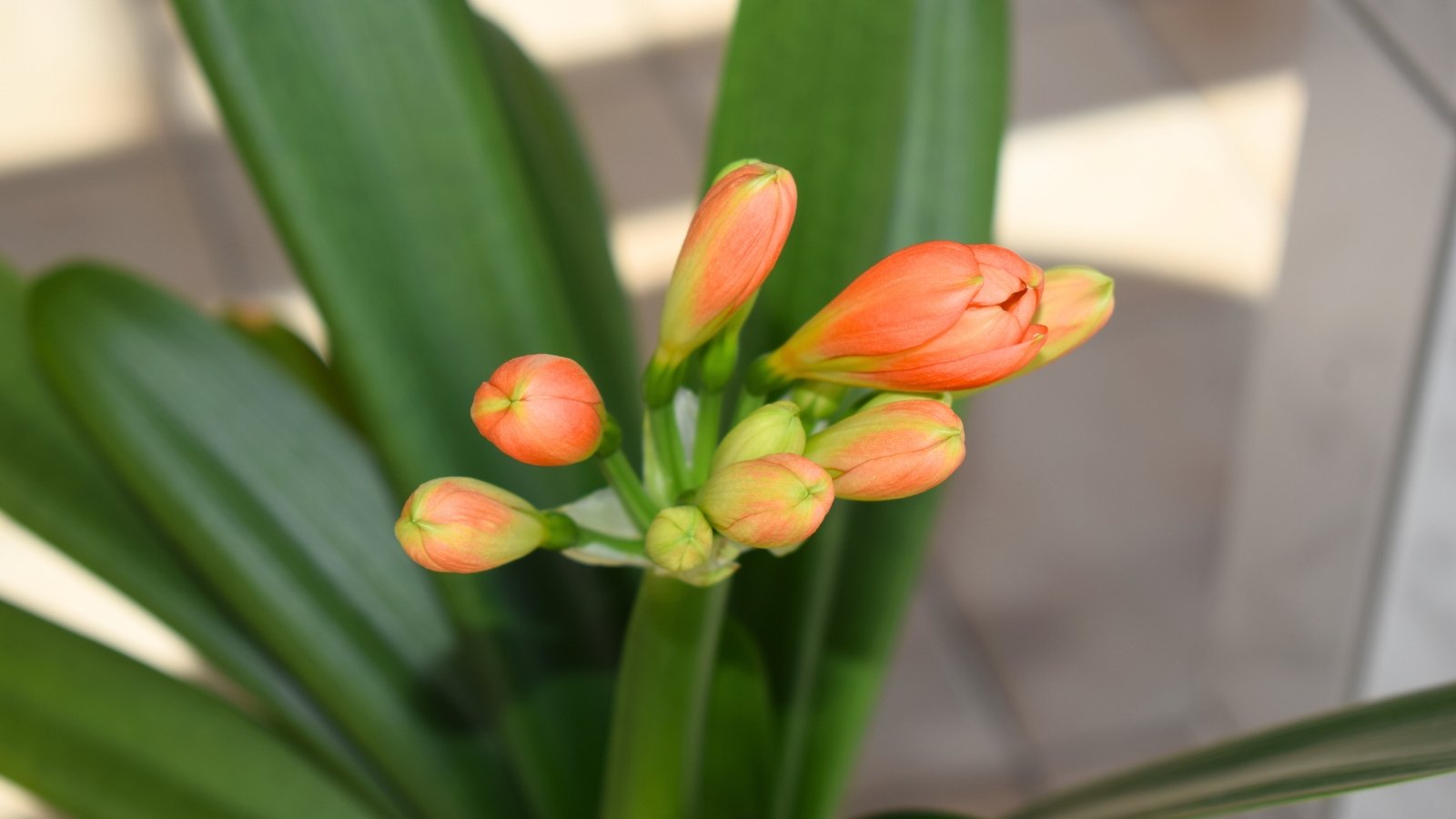
Not too hot, and not too cold. Those are the parameters for bush lily where temperature comes into play. The ideal range for this plant is between 65-75°F (18-24°C). At night, they prefer a slightly cooler temperature, from 60-65°F (16-18°C) is perfect.
For this plant to bloom well, it needs about a month of cooler weather. They do need to remain above freezing, though. You can help your plant along by placing it outdoors in the fall when average temperatures are in the 40-50°F (4-10°C) range. Just be careful about allowing it to remain exposed to freezing weather.
After this cool period, reduce watering for six to eight weeks while the plant is dormant. Do not fertilize during this time, either. If you keep your potted plant outdoors, make sure to bring it in before your first expected frost.
In its natural environment, bush lily has adapted well to moderate to high levels of humidity. 40-50% humidity should be sufficient for this plant. You can increase the humidity around your plant by using a pebble tray or a humidifier.
Fertilizing
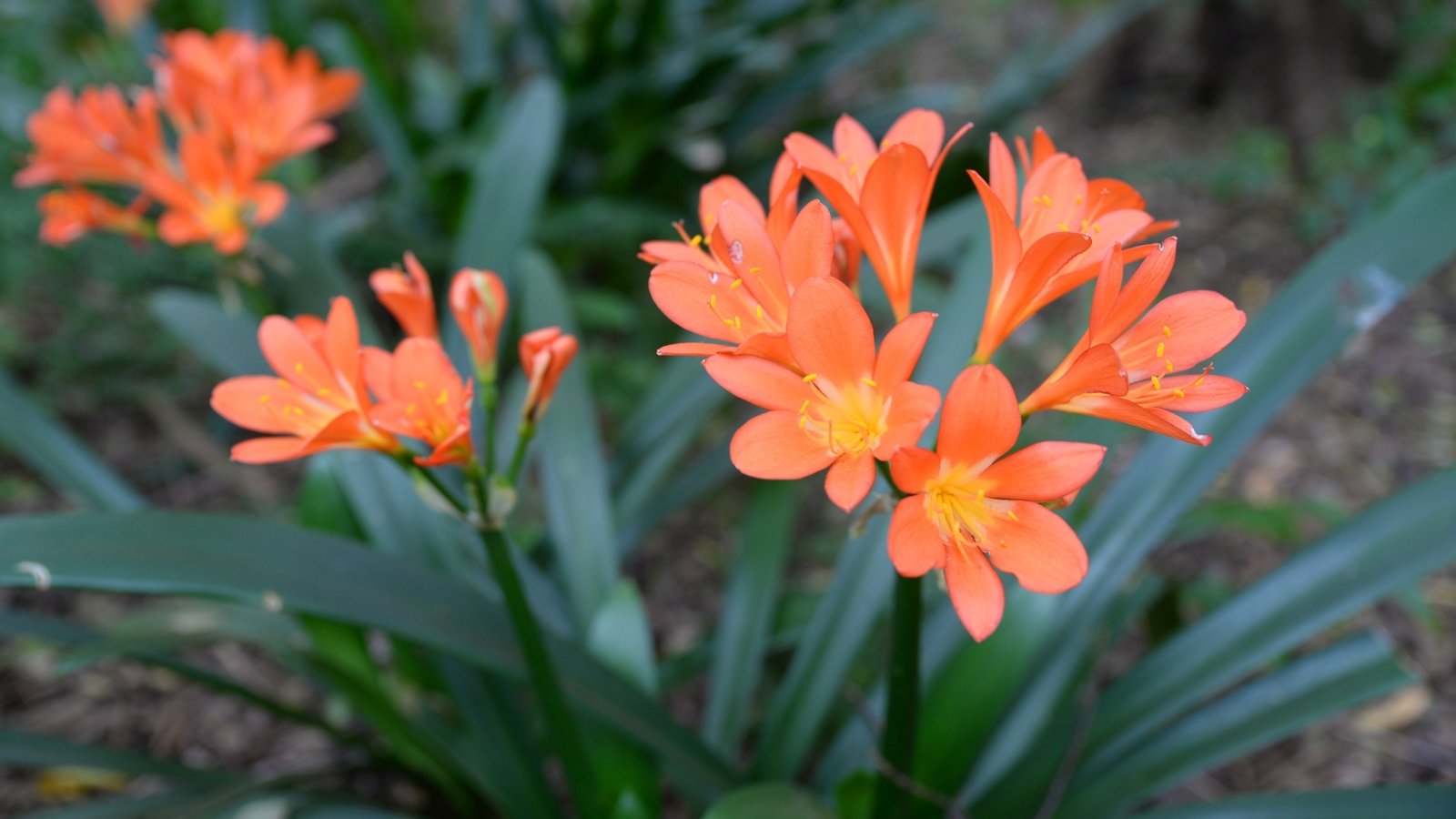
Bush lilies don’t need much fertilizer, they are efficient at using nutrients available to them. For potted plants, changing the soil once per year should do the trick. If you want to give it some fertilizer in early spring, it might bloom better, but it’s typically not necessary.
Fertilize your outdoor lilies in the spring with a high-potassium fertilizer. Then, through the spring and summer, fertilize once a month with a balanced fertilizer diluted to one-half strength.
Maintenance
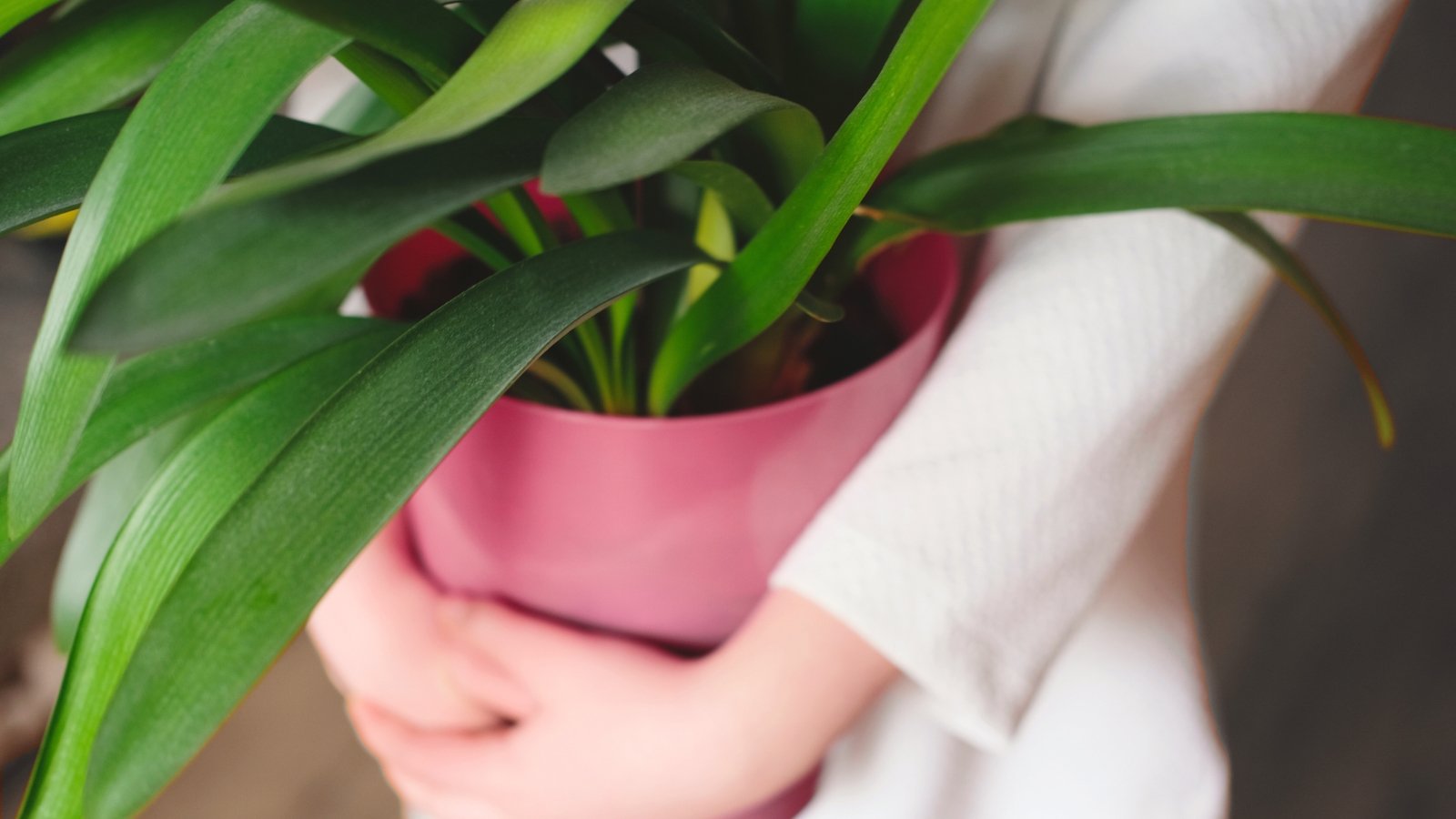
Potted bush lilies should be repotted with fresh soil once per year. This will ensure that your soil doesn’t compact and give the plant the nutrients it needs. Be sure to reduce watering for all bush lilies in the winter when the plant is dormant. Overwatering when the plant is dormant can cause root and crown rot.
It is important to deadhead these flowering evergreens. It takes a lot of energy for the plant to produce its spectacular blooms. Once the blooms have finished blooming, cut the entire stem back to the lowest node. Doing this will help the plant to redirect energy to new growth.
Propagation
Propagation is possible using seeds, but it will take much longer to have a blooming plant in this fashion. Division or offsets are the most common way to propagate bush lilies, for this reason.
Offsets
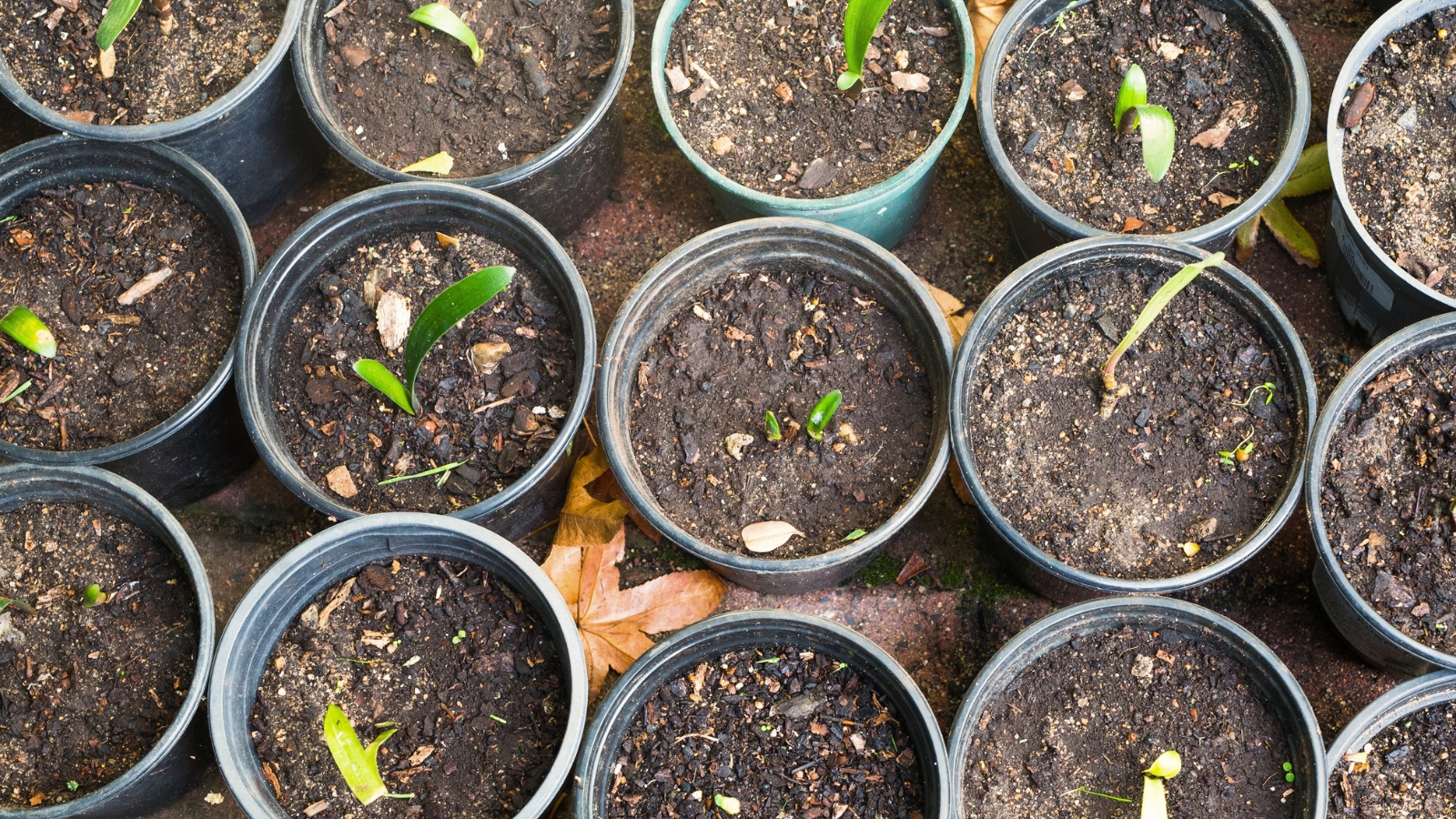
Bush lilies produce offsets from their roots. These plants grow from a bulb or rhizome. Just like other bulbous or tuberous plants, these roots produce more bulbs underground, eventually forming colonies. To propagate this way, dig up your bulbs in early fall.
Locate the small bulbs or offsets and gently remove them by twisting or cutting. Leave these small bulbs out to dry for a day, allowing them to callous over. Plant your young bulbs in a rich, well-draining potting mix.
Place your containers with young bulbs in a spot with plenty of indirect sunlight. During this time, you don’t want the soil to dry completely, but you also don’t want to overwater. When the top inch of the soil is dry, this is the time to water. Be patient, it can take several weeks before you’ll see any action above the soil.
Division
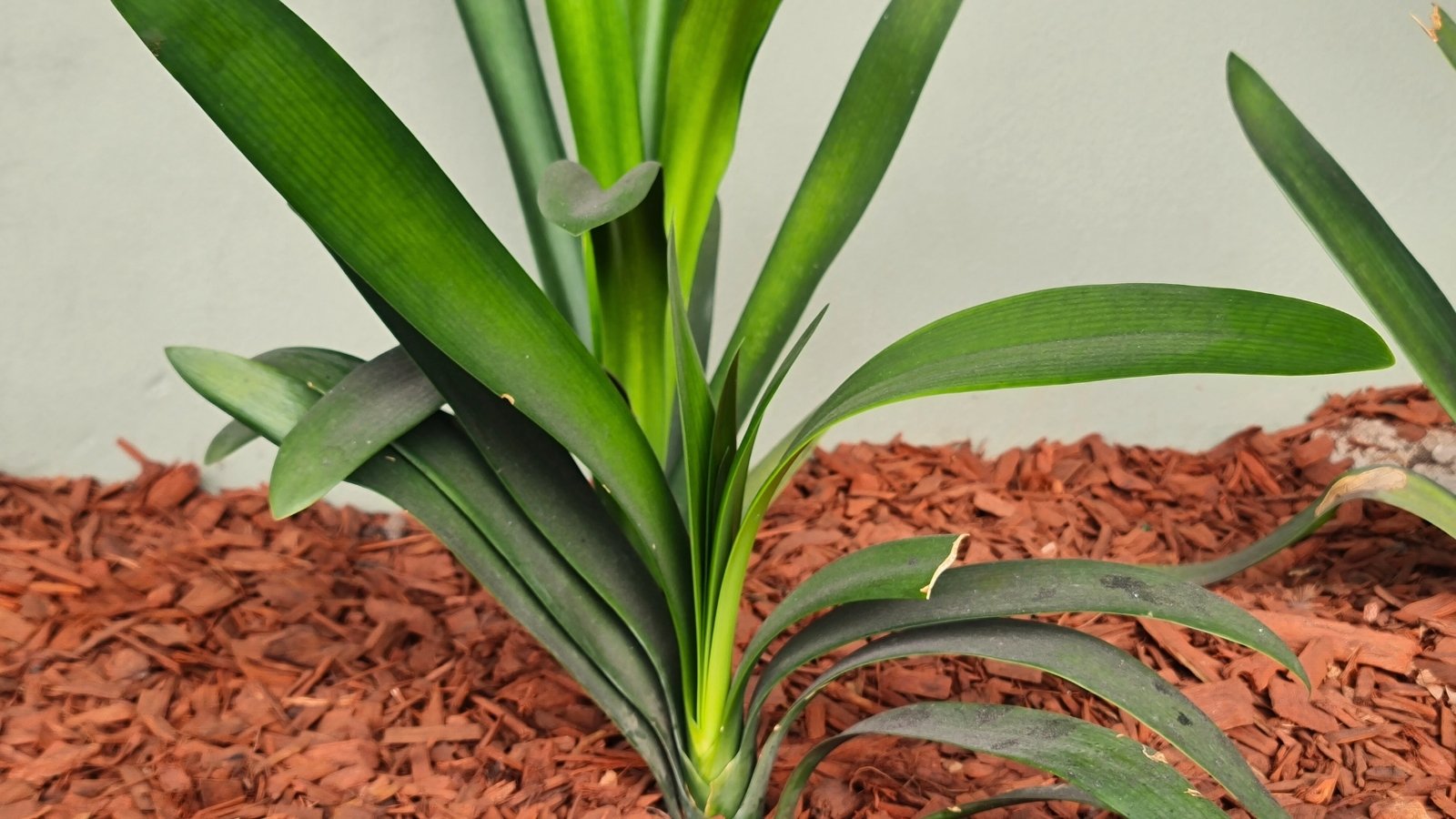
Propagation by division is very similar to using offsets. But, you don’t have to wait for the plant to produce offsets to carry it out. Divide your bush lilies in spring, right after they have finished blooming, for best results.
Gently dig up the roots of your plant and clean the dirt off so that you can see the rhizome. Look at the rhizome and identify the growth points. Each division should have at least one viable growth point to be successful.
Use a clean, sharp tool to cut through the rhizome in between growth points. Plant your divisions in rich, well-draining soil, and avoid overwatering. Your small divisions will take in less water at first, and overwatering will cause them to rot.
Seeds
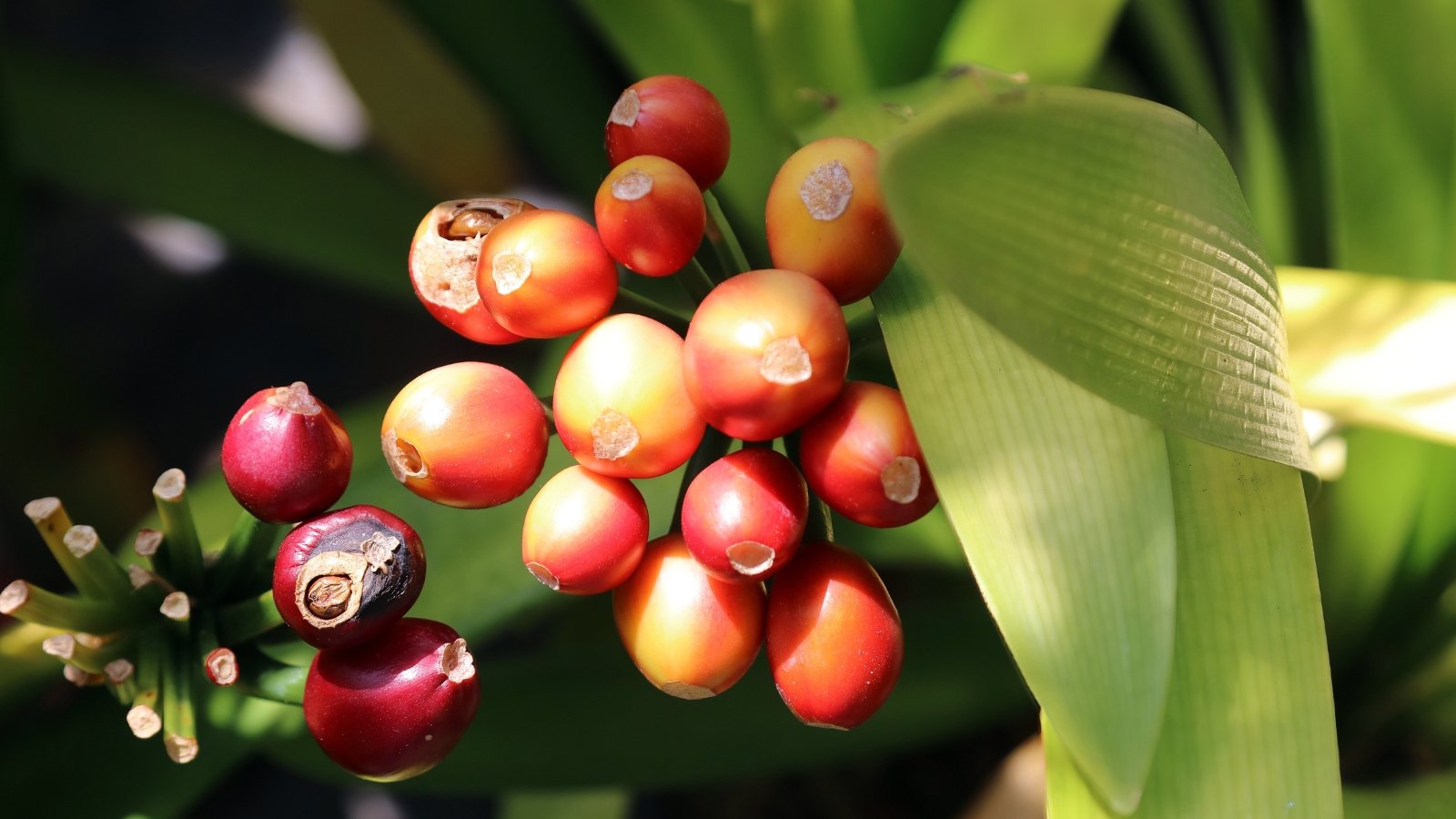
Planting from seeds is possible but takes longer. A plant grown from seed won’t bloom for the first three to five years. You can purchase seeds or harvest them from a healthy plant.
To harvest your own seeds, leave the flowers on your plant after they finish blooming. Only pollinated flowers will produce seeds. Once the seeds are mature, harvest them and dry them thoroughly.
When you are ready to plant your seeds, soak them in water for a few hours. This will increase your germination rate. Sow the seeds in a seed tray with a well-draining potting mix and keep them moderately moist.
Don’t allow your soil to dry out while your seeds are germinating and the seedlings are small. Wait until your seedlings are large and strong enough to handle before transplanting them.
Common Problems
Bush lilies don’t have many issues to battle, they have good disease resistance, and pests don’t seem to care for them much. There are a couple of issues that may arise, though.
Fungal Diseases
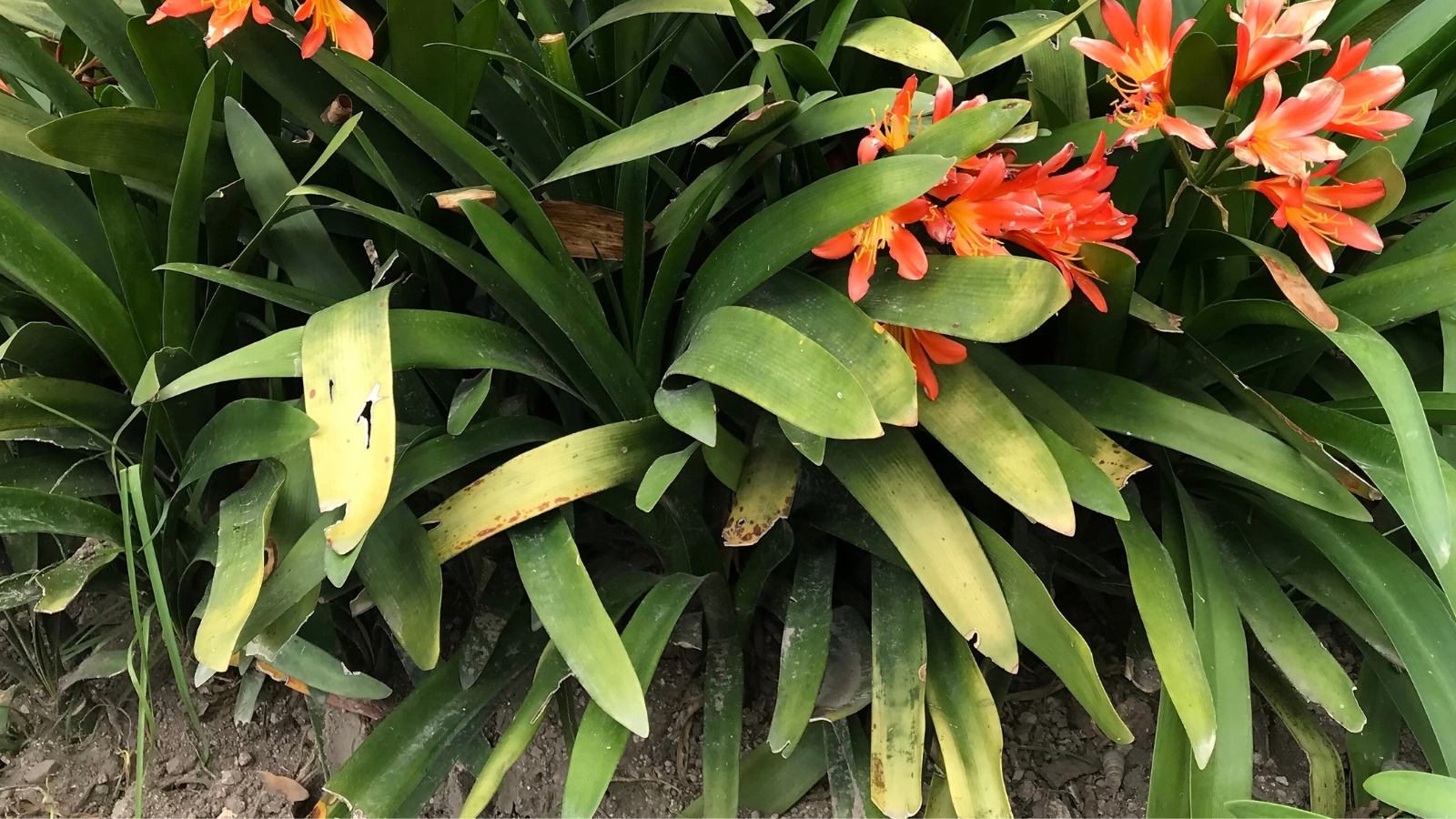
The main issue that these plants come up against is related to overwatering. Because of their bulbous roots, bush lilies are susceptible to root and crown rot. This happens when the soil stays wet for prolonged periods.
Wet soil is a breeding ground for fungus. As the organic material in the soil decays, the roots break down and become vulnerable to the fungus as well. Fungal issues will manifest as yellowing leaves and a mushy central stem.
It is difficult to remedy root and crown rot once they become noticeable. Repotting can be helpful in cases where the rot is mild. Once signs are visible above the soil, it’s usually too late. This is why it is so important to not over-water this plant.
Rust is another fungus that bush lilies grown outdoors may encounter. This begins with small rust colored areas on the leaves that spread. Remove the leaves as this issue appears and you should have few problems. Don’t plant any bulbs that have red spots on them in the coming season.
Not Flowering
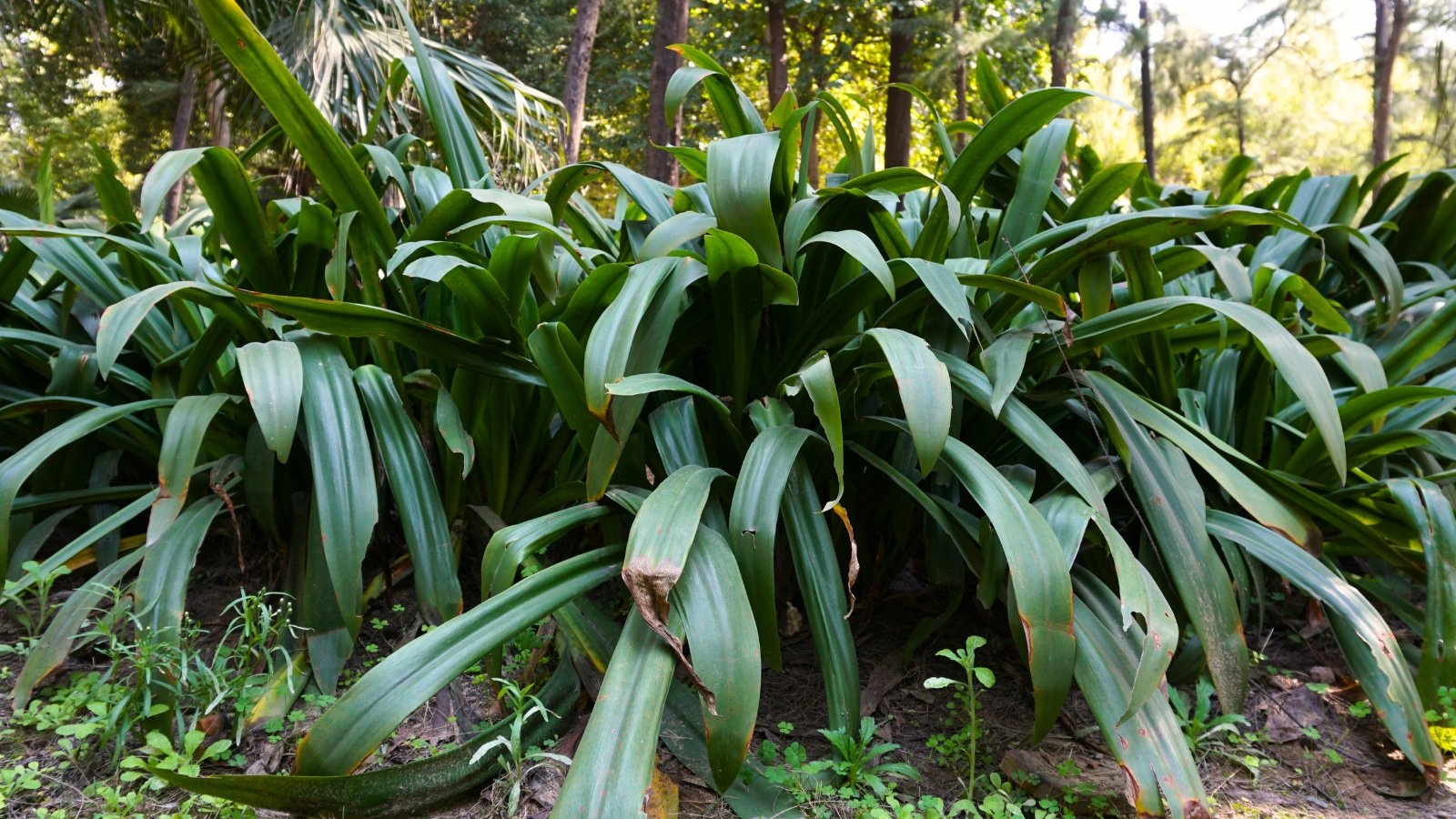
The most common culprit if your plant isn’t blooming is a lack of light. While bush lilies don’t like direct sunlight, they do need a significant amount of light to bloom. If your plant is mature and goes through a full year without flowering, it probably needs more light.
Pests
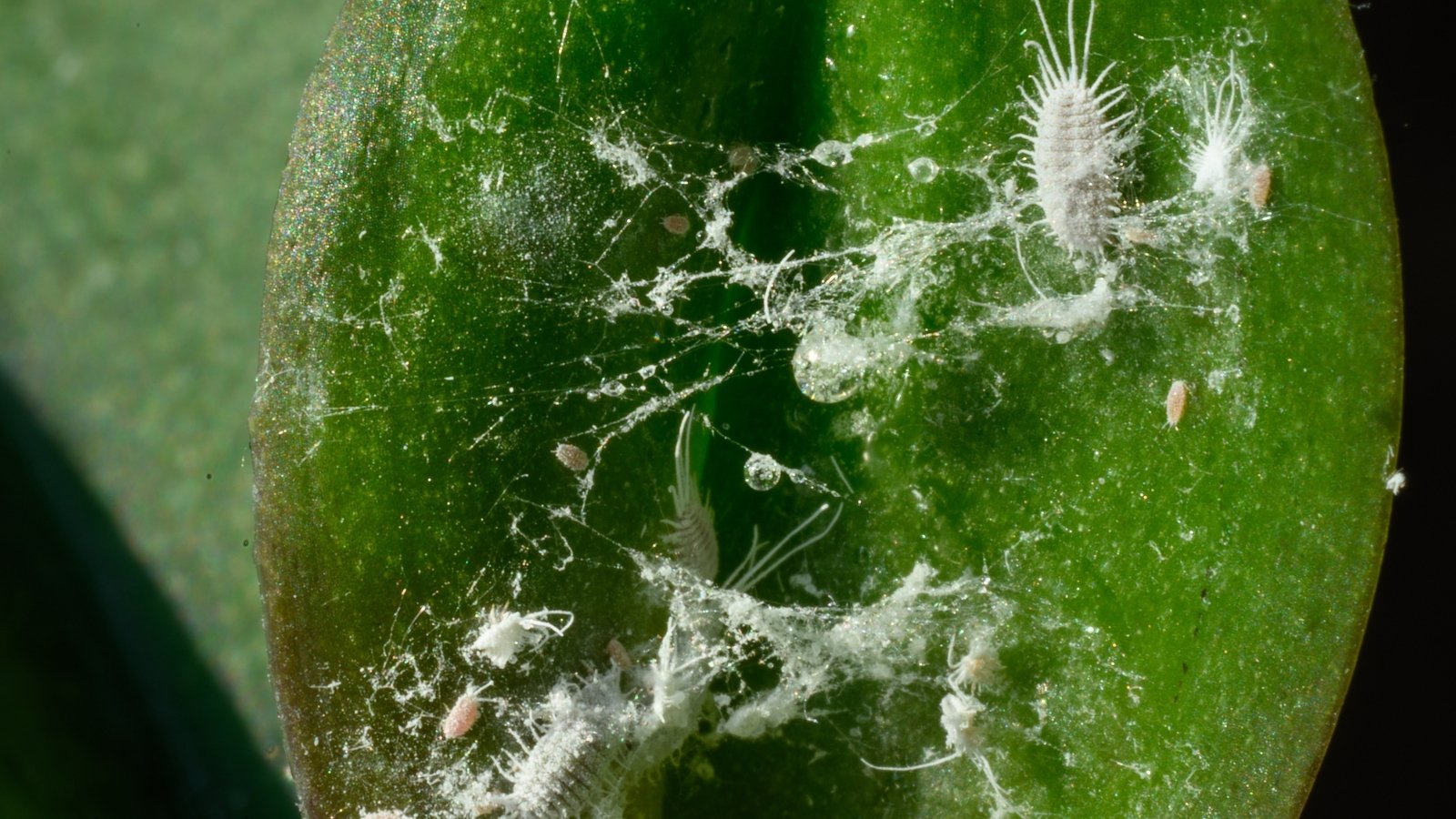
The main pests to look out for on your plant are scale and mealybugs. Scales look like small, brown droplets of liquid. They have a rounded back, and they move very slowly. Mealybugs, on the other hand, are white and have a waxy coating which looks fuzzy in some cases.
Both of these pests pierce the leaves and stems of your plants with their mouth parts. They drain the plant of moisture and nutrients leaving it looking pale and listless. Most often, these insects come into the house and garden on new, infected plants. Always inspect your new plants before introducing them into your environment.
A strong stream of water can go a long way toward knocking down a mealybug infestation. But it is unlikely to get rid of them altogether. Scales are tenacious, and you’ll need to treat them with neem oil or insecticidal soap, or pop them off the plants manually with a cotton swab soaked in alcohol. Always isolate infected plants to avoid spreading the problem to other plants.
Slugs may dine on the leaves in outdoor settings. Deter them by minimizing decaying plant debris. Use slug bait in extreme infestations, or set up beer traps to lure them to a lush end.
Final Thoughts
Bush lilies are beautiful and interesting plants. Their striking and bold foliage and equally eye-catching flowers make this a plant to add to your collection, for certain. With its ease of care factored in, this plant makes an excellent houseplant or garden plant.

